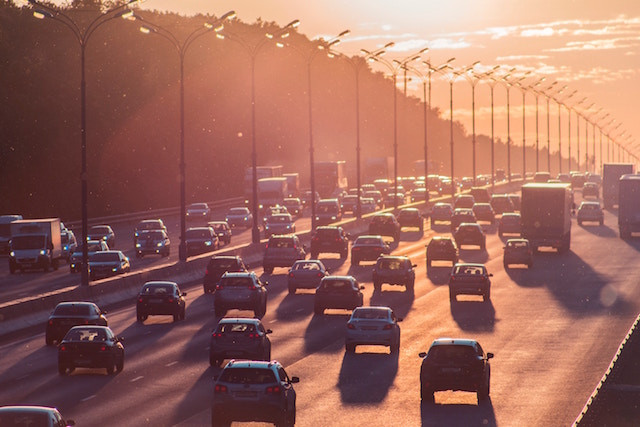Car companies have legally gamed official tests of fuel economy for many years by, for example, using very hard tyres during tests or taking out equipment to make cars lighter. The gap between test and actual performance has soared from 9% in 2000 to 42% today.
Analysts at research and campaign group Transport & Environment have now calculated that this difference cost motorists in Europe €150bn (£136bn) in extra fuel between 2000 and 2017. UK drivers paid €3.5bn more in 2017 alone, and a total of €24bn since 2000.
A new more realistic lab test is now in place but the European commission uncovered new evidence in July that this was also being gamed by carmakers. This means the increases in fuel efficiency being demanded by the EU as part of its action on climate change are still being undermined and drivers will continue to use more fuel than policymakers intend.
Illusory claims
Greg Archer, at Transport & Environment, said carmakers’ claims of big improvements in fuel consumption are illusory: “Despite regulations to reduce emissions, there has been no real-world improvement in CO2 emissions for five years and just a 10% improvement since 2000 – far less than the industry like to claim. The victims are citizens that have paid out €150bn for more fuel and are also suffering the consequences of unchecked climate change.”
A spokeswoman for the European Automobile Manufacturers’ Association (ACEA) said: “It is a matter of fact that technological improvements to new cars have resulted in major CO2 reductions in the past decades, leading to important savings for consumers.”
Until recently, all cars underwent a lab-based fuel efficiency test called NEDC. But legal loopholes allowed manufacturers to produce much lower emissions in the tests than on the road, thereby undermining an EU drive towards lower carbon emissions and more economical motoring.
47m tonnes more CO2
Some discrepancy between a standardised test and real world driving is expected, so the Transport & Environment calculations used the 9% gap in 2000 as a starting point. It then worked out how much less fuel drivers in Europe would have needed if that gap had remained constant, rather than rising to 42%. As well as costing motorists more, the gap means CO2 emissions from cars were 47m tonnes more than intended by the regulations in 2017 alone.
A new more rigorous test, called WLTP, applies to all new cars sold from September 2018 and it is far more reflective of real world driving, being longer and involving faster accelerations. It also eliminates some of the test loopholes.
However, the European commission’s Joint Research Centre (JRC) found evidence that car makers were still gaming the new test, although in an unexpected way – to report higher emissions. The rationale for this is that the new WLTP will be used as a baseline for the 15% CO2 reductions proposed by the commission for cars by 2025.
Tactics used were starting tests with a depleted battery, meaning more fuel was used to charge it up, and switching up gears more slowly, so the engine speed was faster for longer. These inflated the results by 4.5% on average and up to 13% for some vehicles, the JRC said. Transport & Environment said the gaming could mean carmakers have to deliver just half the emissions reductions intended.
Incompatibility
“ACEA fully agrees that CO2 values should not be artificially increased on purpose in any way that would undermine the post-2020 CO2 targets,” the spokeswoman said, adding that the issue “is not an industry-wide problem”. All companies should ensure future CO2 reductions are not delivered by optimisation of the testing procedure, she said.
A separate report from the UK’s RAC Foundation has found that tens of thousands of popular cars will be unable to use a new fuel that may be introduced to cut carbon emissions. Regular petrol already contains 5% bioethanol, which is produced from plants, but ministers are proposing to increase that to 10%.
However, 634,000 cars would be incompatible with E10 fuel by 2020, according to the analysis. Many are vintage vehicles but some are popular family cars, including 28,000 VW Golfs and 16,000 Nissan Micras. A current government consultation suggests that larger garages offering E10 in future must also offer standard E5 as well.
By Damian Carrington
